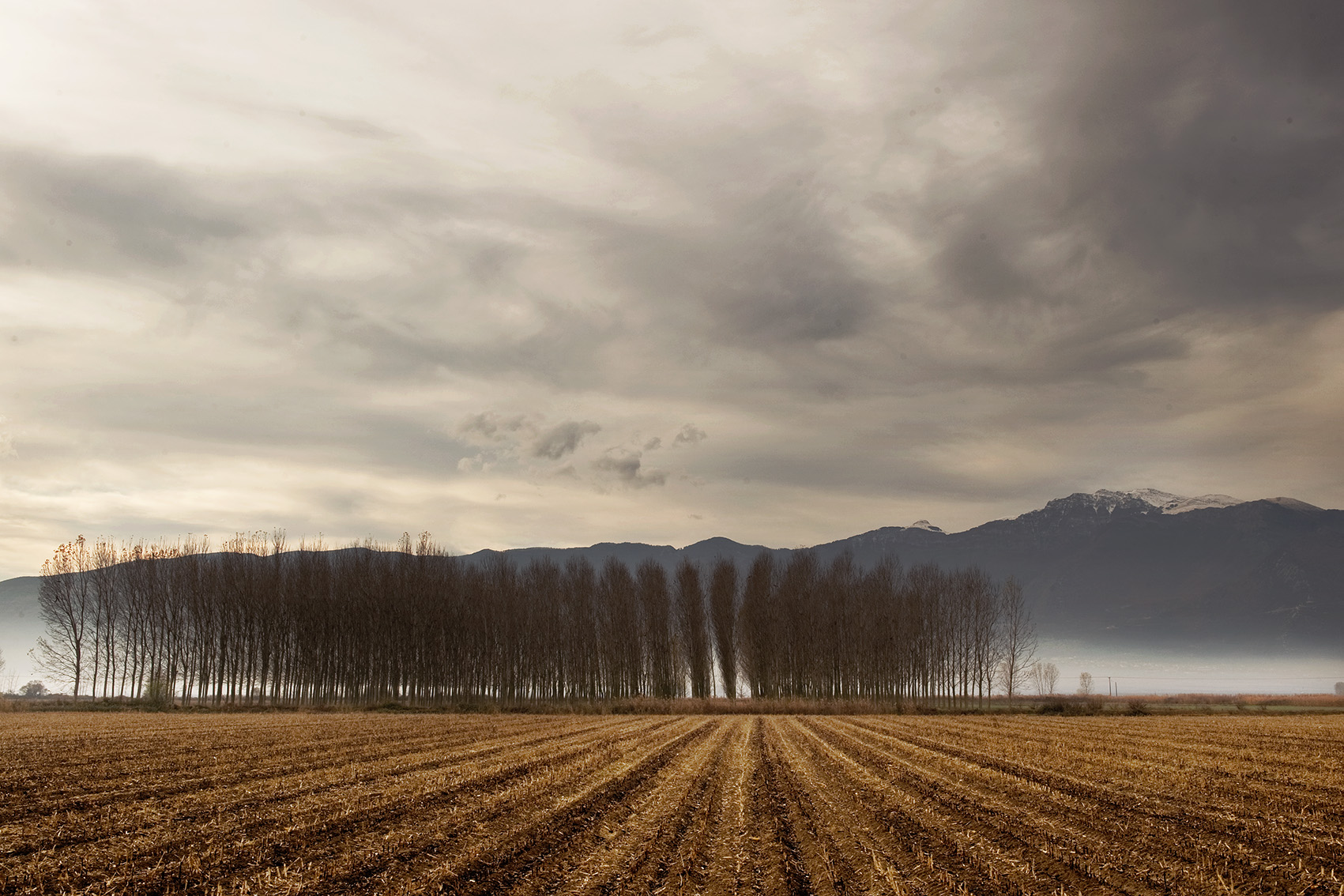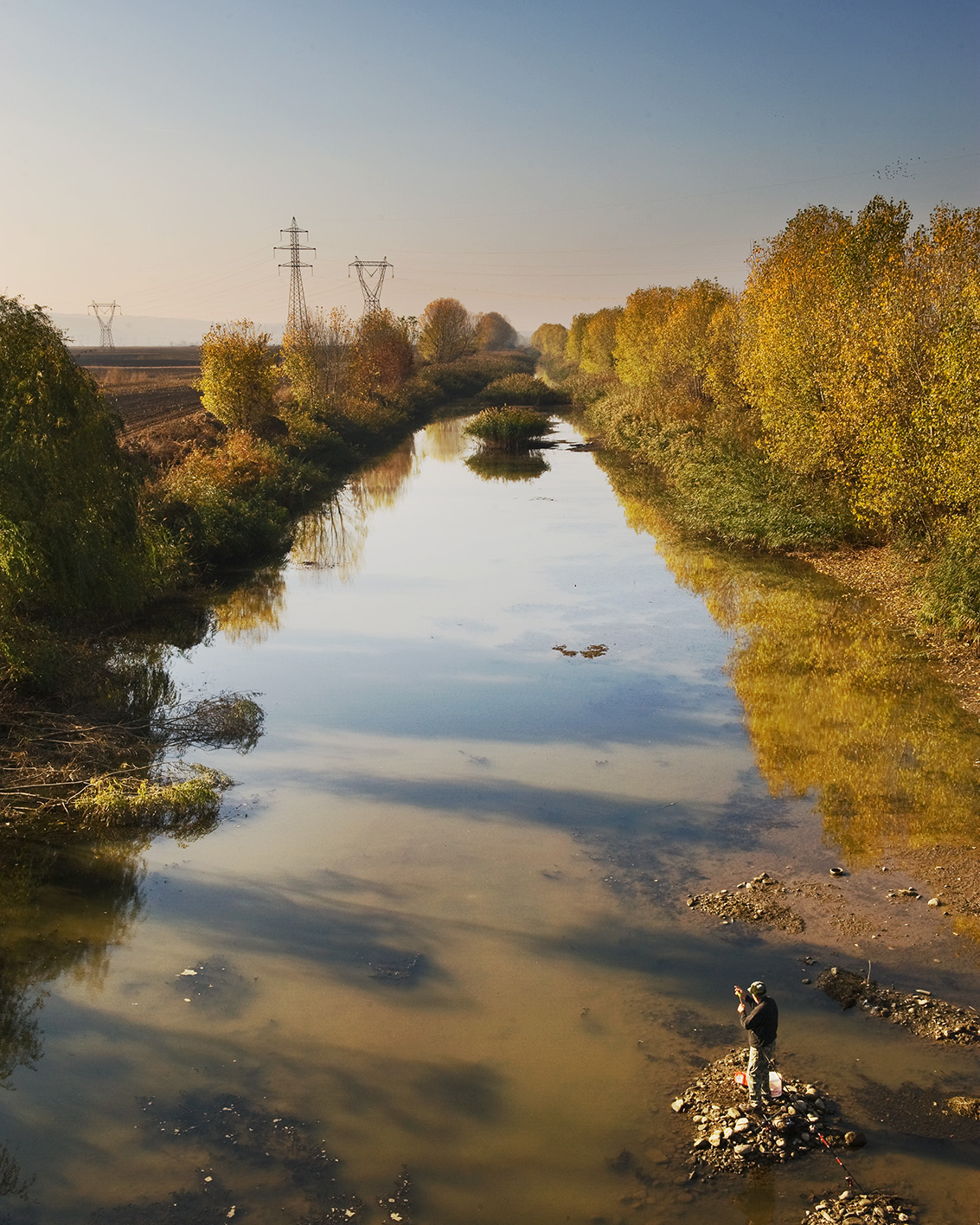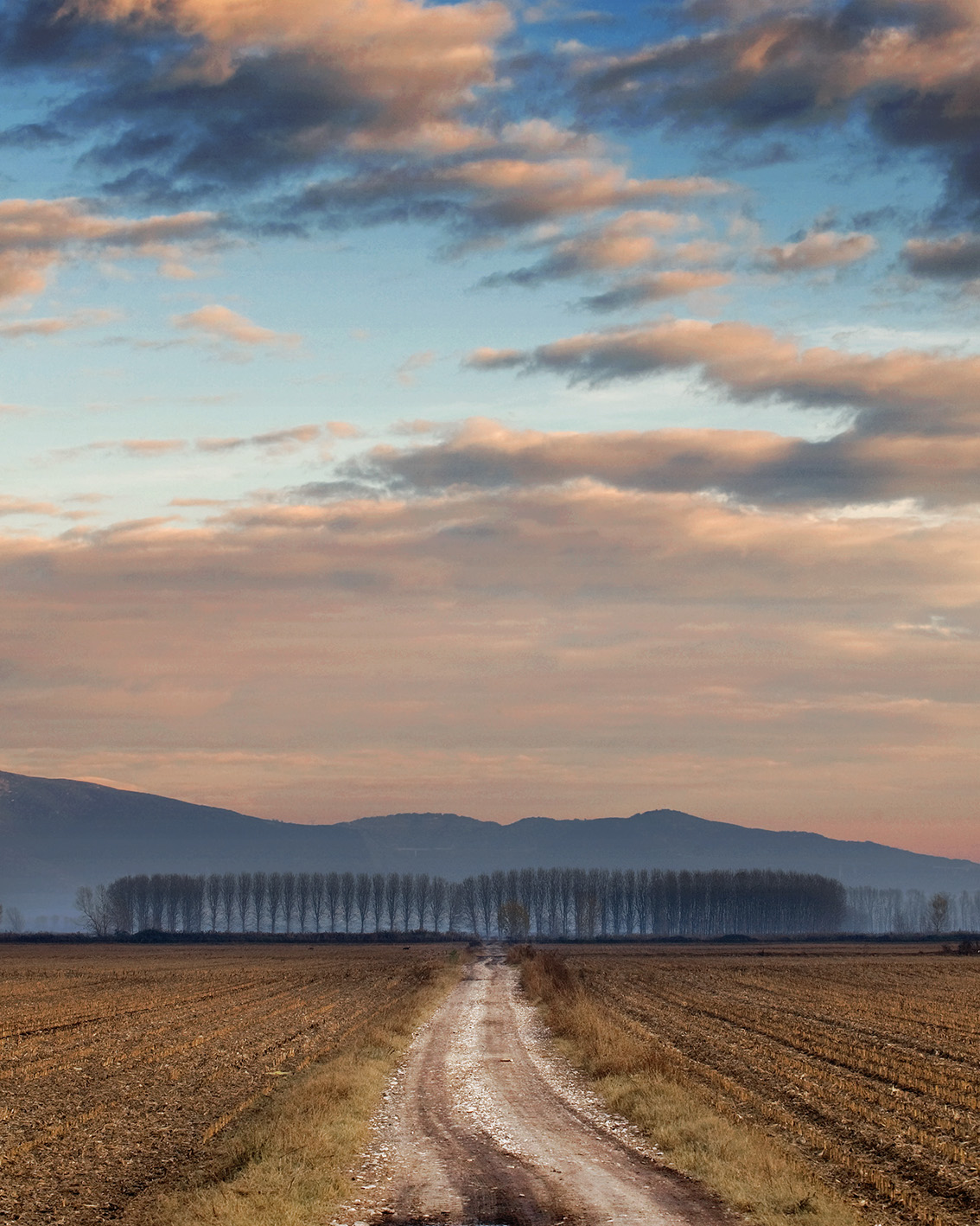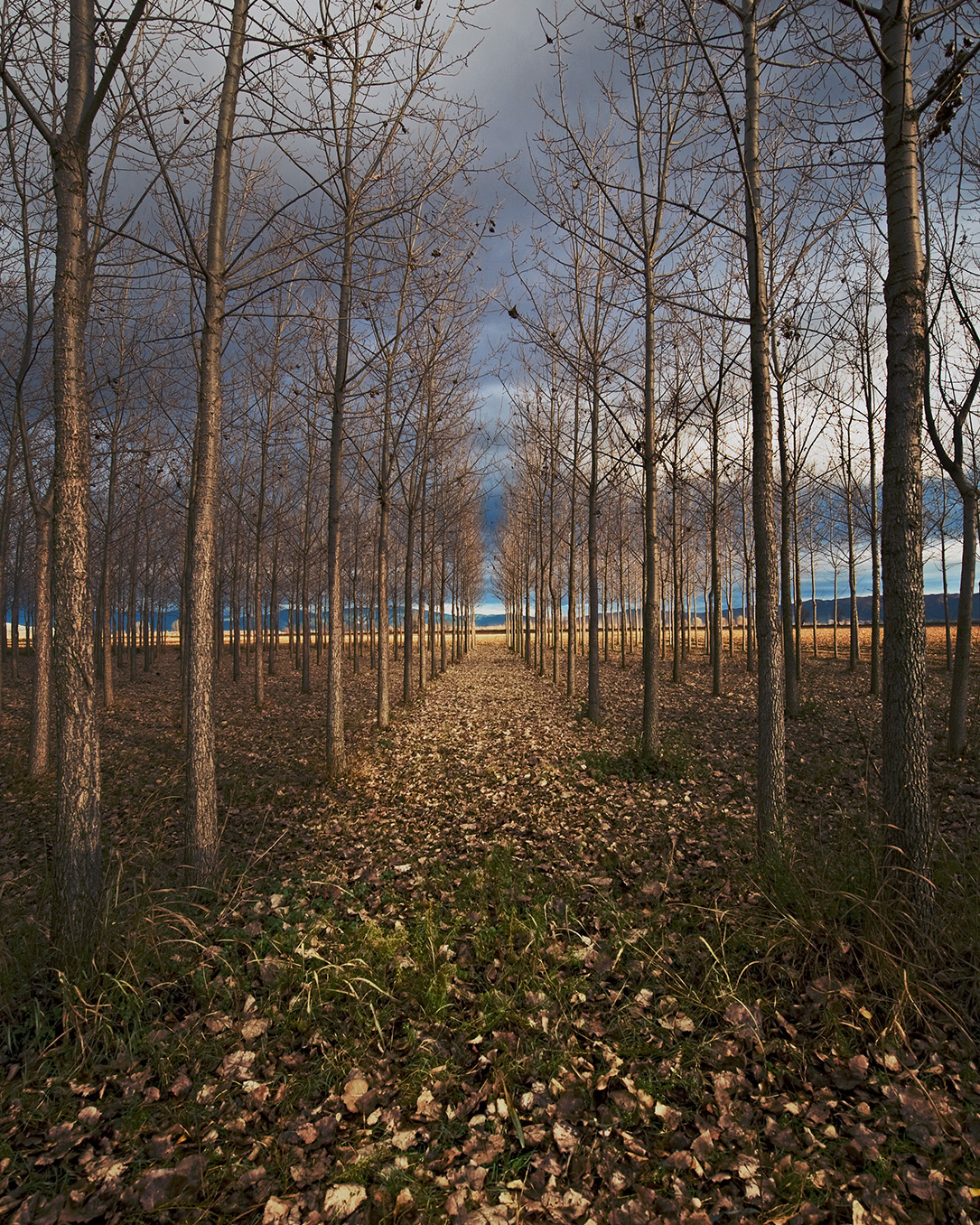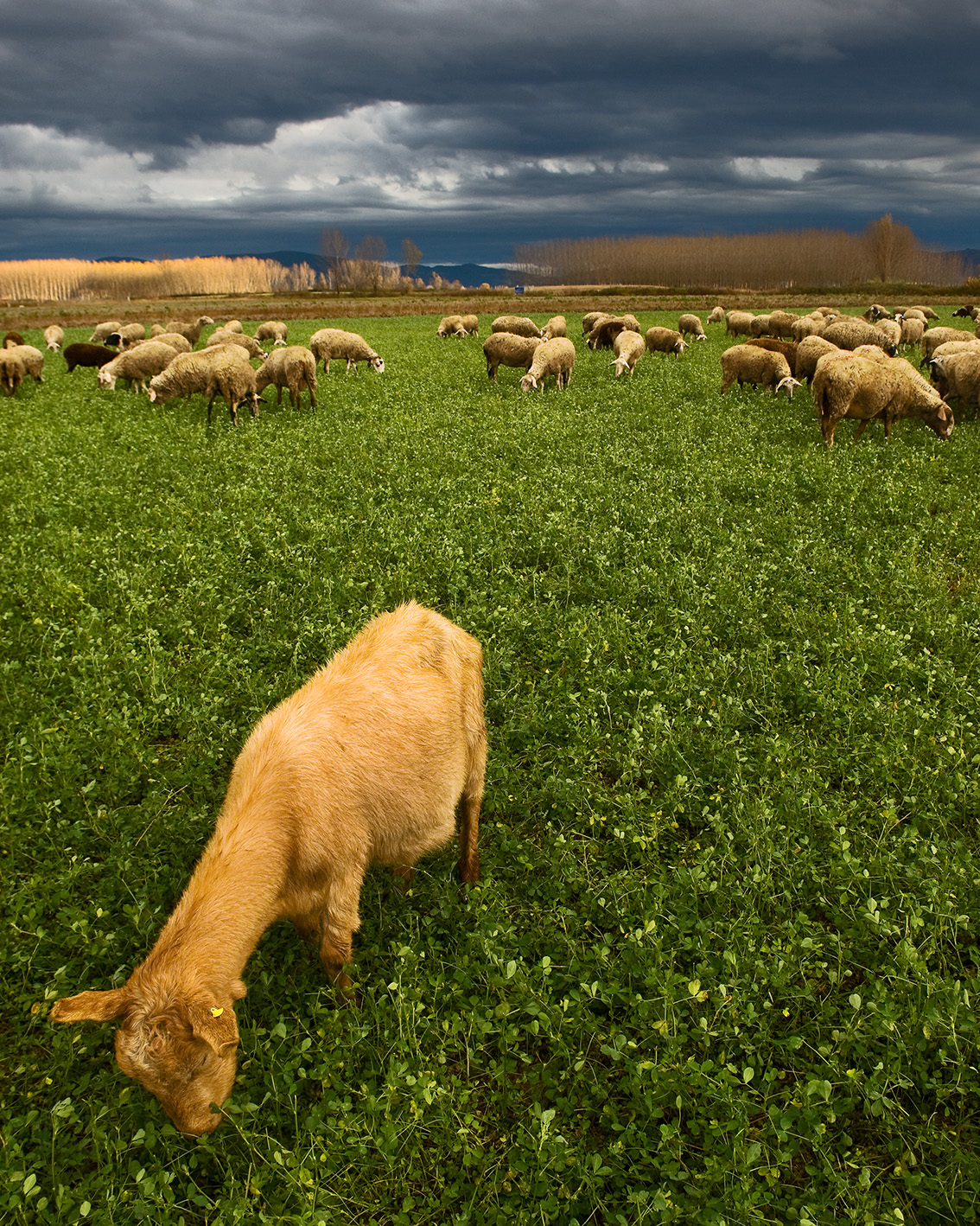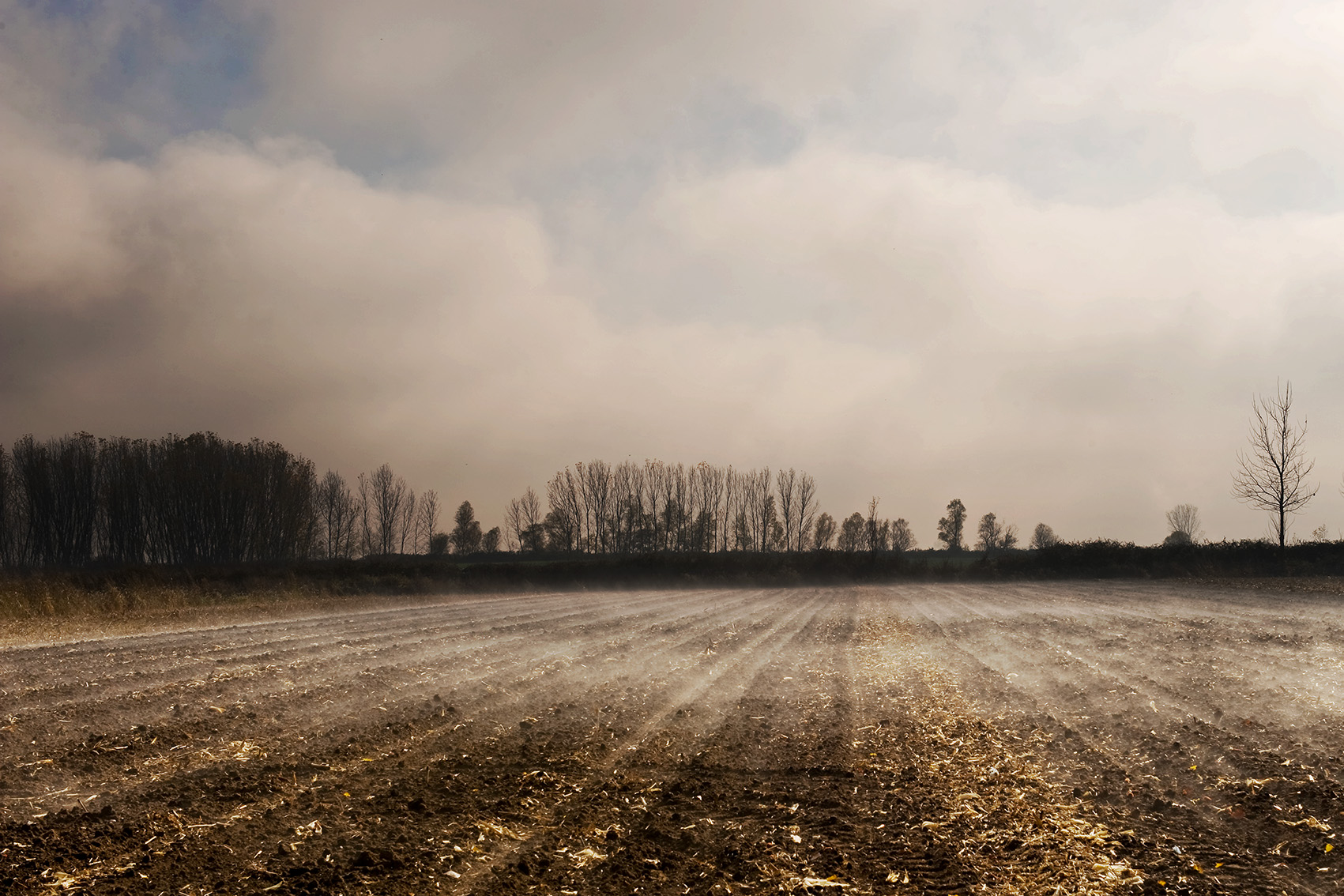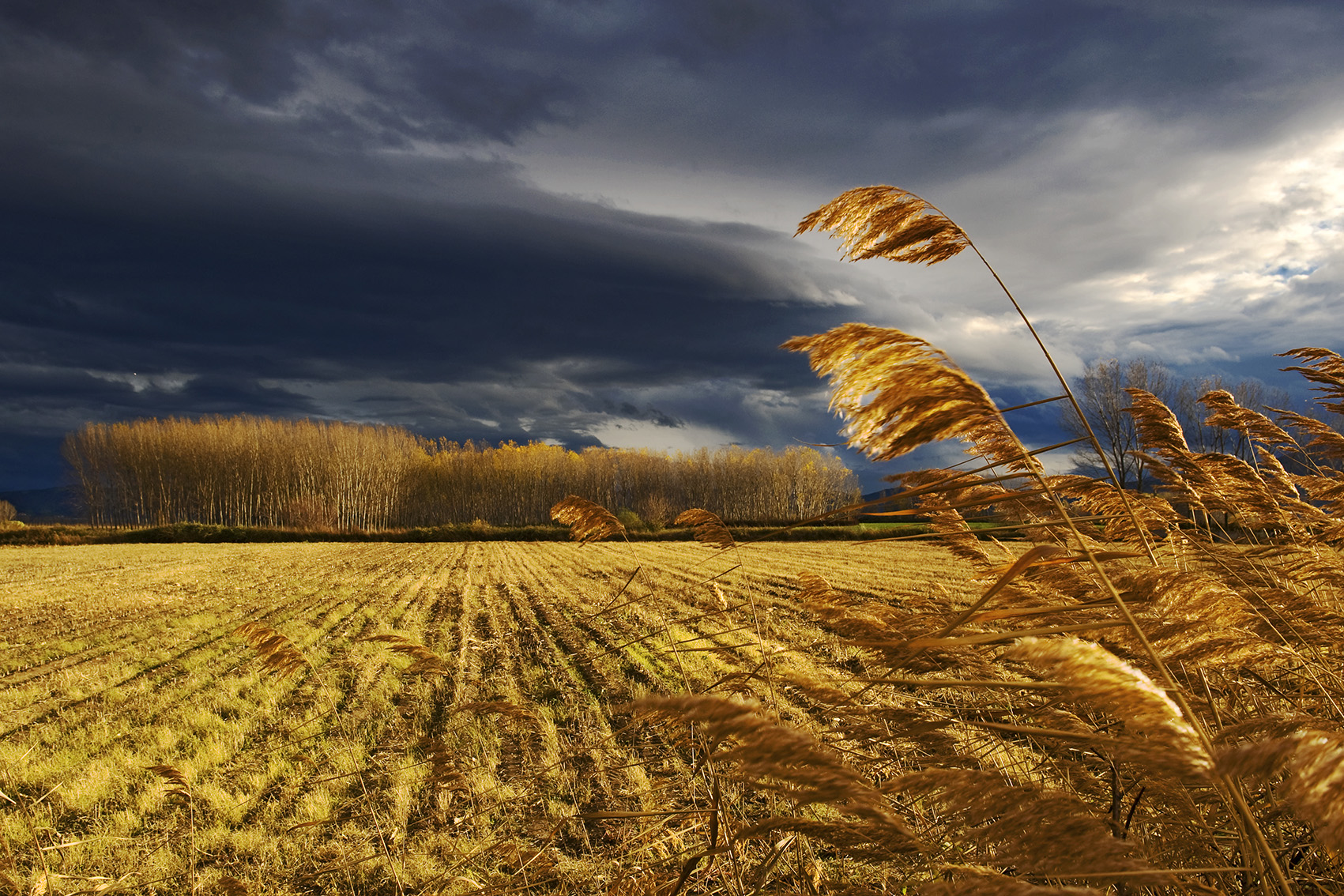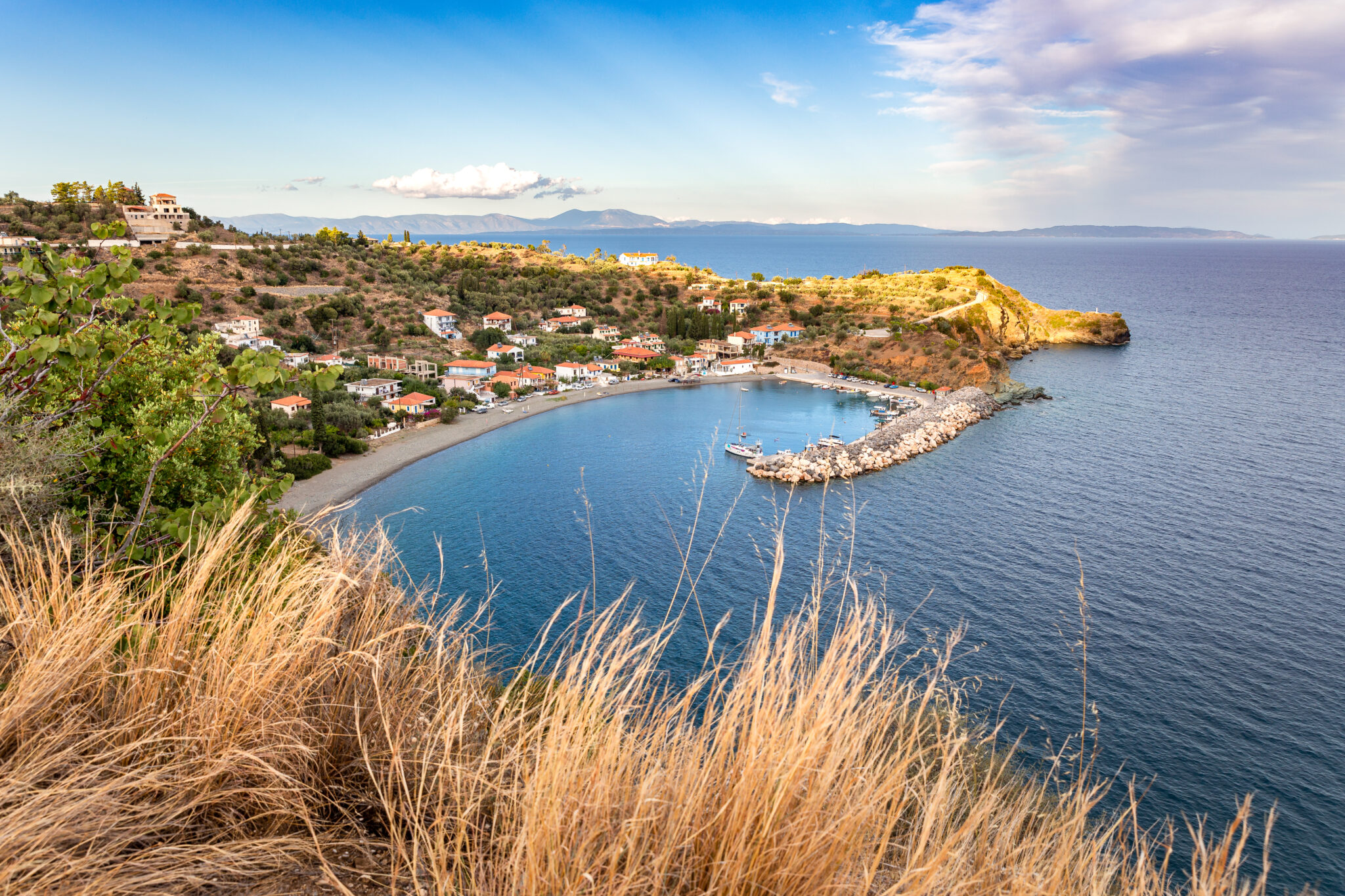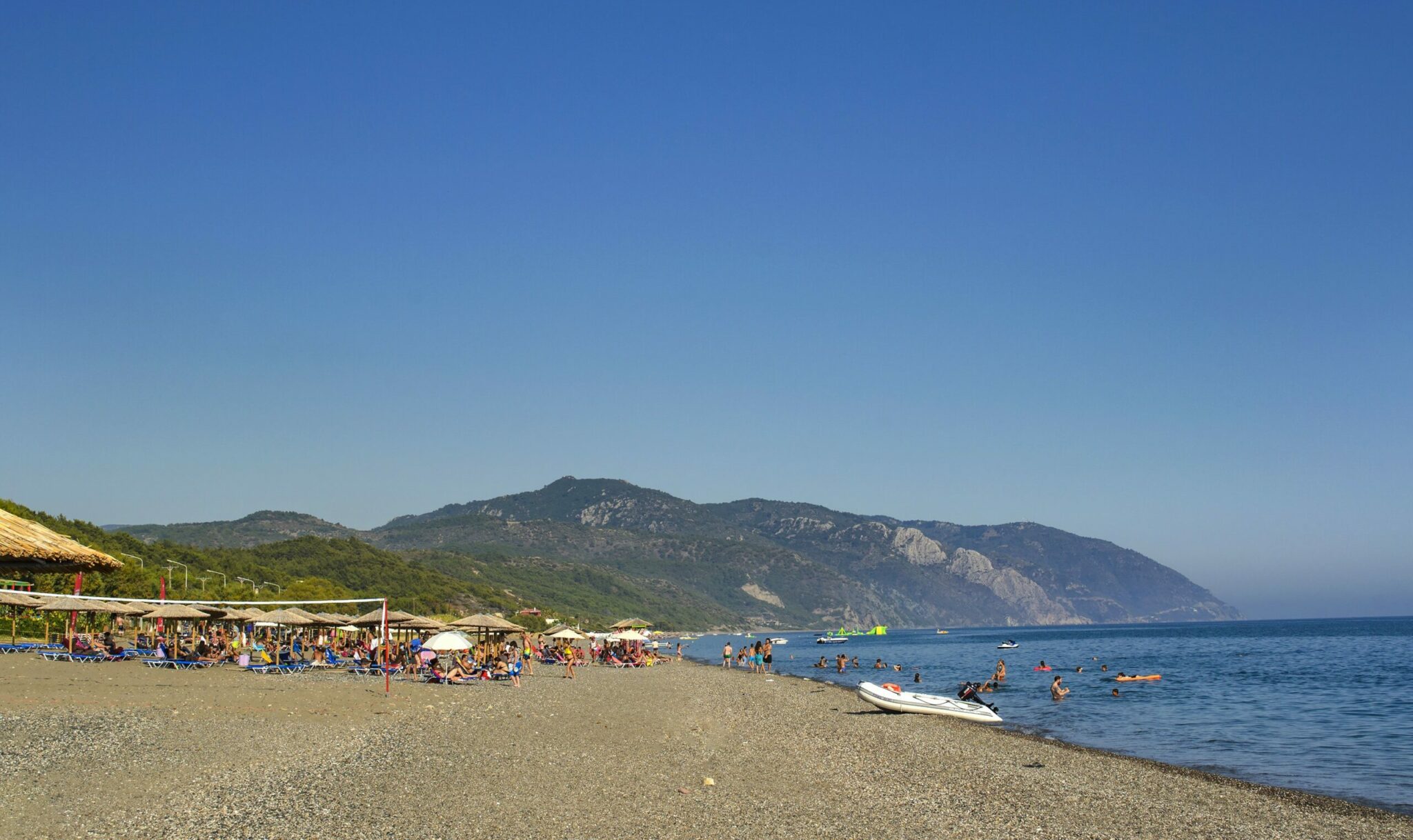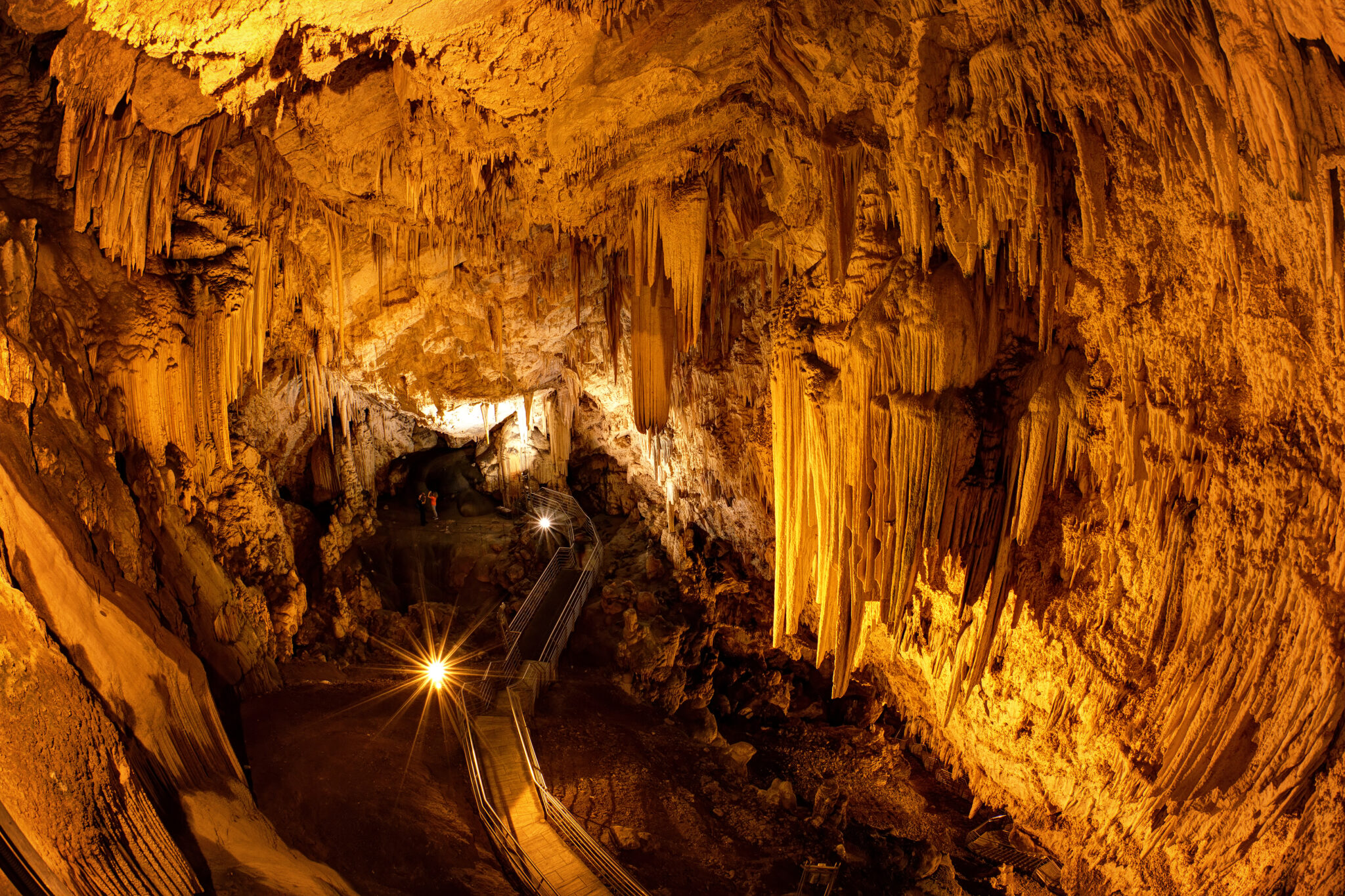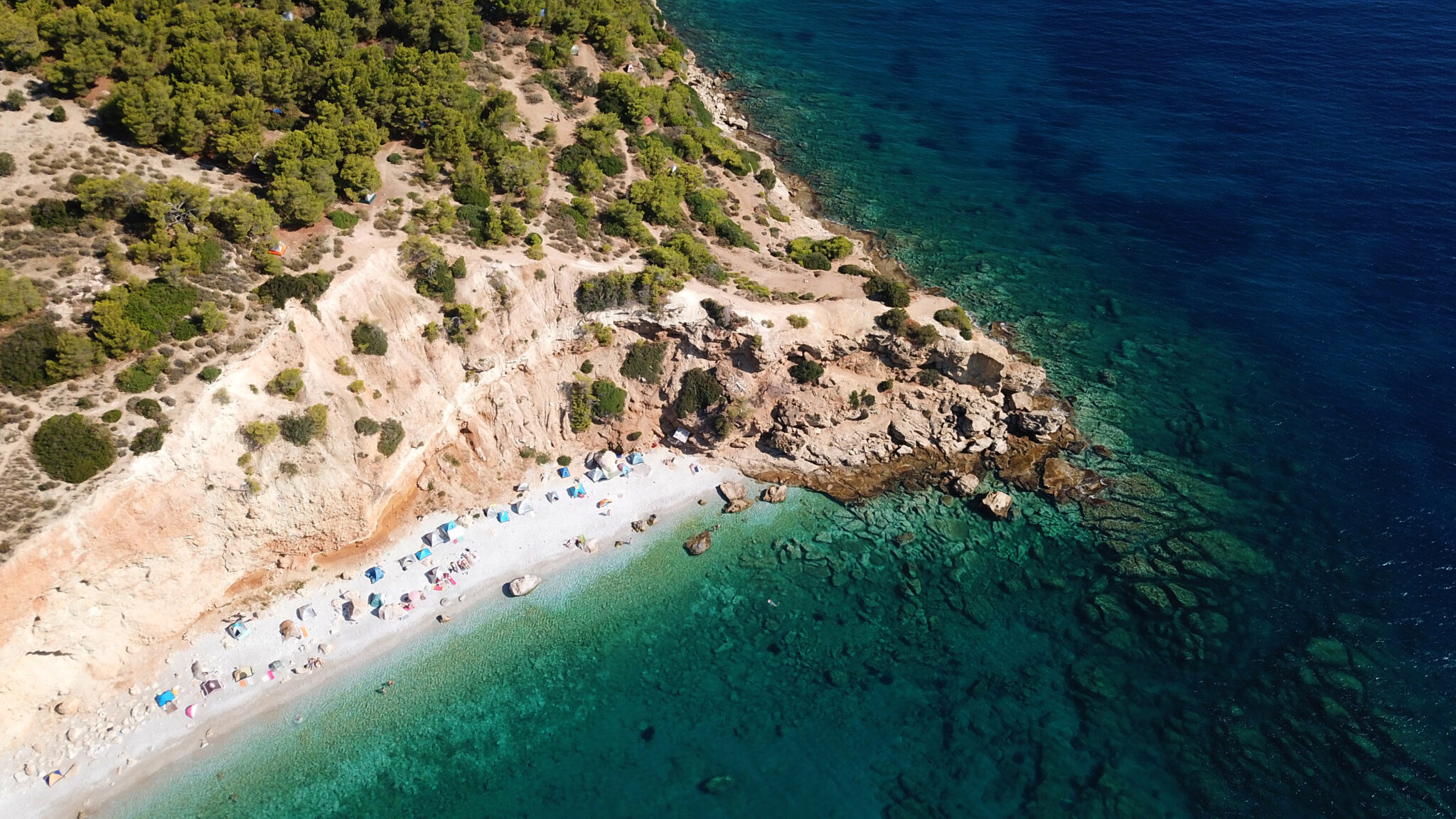The term ‘tenagos’ may not be the most familiar or recognisable Greek word: it is directly borrowed from the ancient language, which has survived in Greece’s formal speech to denote a place filled with stagnant, shallow waters – essentially, a scholarly synonym for “marsh” or “swamp”.
Similarly unfamiliar, even to those who have regularly visited eastern Macedonia, is the area we’ve come to call the ‘Wetlands (‘tenagi’ in Greek) of Philippi’. At first glance, such a name associates them with the Philippi of Kavala and its plains, which would be geographically precise. Historically speaking, however, the area extends to almost the entire southern section of the Drama Plain.
In their original form, the wetlands were an extensive system of swamps and marshes, which might have covered about 35 sq. kilometres of land. Thoughts about their partial or complete drainage had already existed since the annexation of the region to the Kingdom of Greece during the Balkan Wars, with the goal of securing more arable land for the local population. This is something that initially did not proceed but imperatively returned after the Asia Minor Catastrophe of 1922, especially since the majority of refugees settled in Macedonia. Here, we make an earnest attempt to convey the complexity and layered history of the wetlands of Philippi. Once an expanse of watery tranquility, they have, over time been surreptitiously transformed into a tapestry of cultivatable parcels of land, a testament to the undulating narratives of geographical and social shifts in the region.
This phenomenon of transformation —from wetland to farmland— isn’t merely a physical alteration. It’s a subtle, ongoing conversation between the urgency of human needs and the silent, immutable histories encrypted in the landscapes we inhabit. One can imagine the original wetlands as a sprawling aquatic manuscript, inscribing its own natural history onto the earth, with every reed and ripple articulating a story of climatic ebbs and flows.
As we navigate through the intertwined threads of ecological transformation and human migration, the story of the wetlands of Philippi emerges not merely as a local or national account but as a global commentary on the transient yet persistent interplay between nature and humanity. It’s a delicate, nuanced dance of survival, adaptation, and the eternal quest for homeostasis, where every drained parcel of land isn’t simply a subtraction of nature but an addition to a complex, unfolding human story. It is here, between the fluidity of water and the solidity of land, that a tale of refuge, survival, and adaptation is silently scribed.
The Wetland with a Climate Archive of International Significance
The wetlands are intertwined with the sources of the Angitis River, which are found within their region, as well as with the springs of Agia Varvara in Drama, and within the village of Drama, which also bears the name of Angitis. It is the largest of the tributaries of the renowned Strimonas River, with which it ultimately merges, after flowing for approximately 75 kilometres.
Beyond the springs of Angitis, the historical boundaries of this primordial ecosystem were demarcated by the region’s mountains: the Pangaio to the west, the Lekanis Mountains to the east, and the Symvolo to the south. Indeed, there is a valuably rare, recorded mention of the wetlands in written sources dating back to the time of the Romans. Not, of course, from an environmental interest – ancient authors, in general, didn’t harbour such interests – but due to the military conflicts that took place in Philippi in 43 and 42 BC, concluding a harsh transitional period from which the Roman Empire emerged.
The works of Pliny the Elder and Suetonius speak explicitly of a swamp environment, dense with reeds, thereby documenting the diachrony of the wetlands. We can ascertain that the scene remains more or less unchanged from what the French diplomat Espirit Marie Cousinéry would have witnessed in 1831, traversing eastern Macedonia. The naming “wetlands of Philippi,” of course, is not encountered until after the annexation of the area to Greece: until then, the residents knew it simply as “valta,” while on a more official level confusion is observed, since others refer to the “marshes of Drama” and others to “Lake Pravio,” with the Turks (who administered these expanses until 1912) calling them “Lake Afthonia” (Bereketli Gül), presumably from the eponymous village on the eastern shore of the wetlands, which today is identified with Dato of Kavala.
For the people of those times, the wetlands were not simply a futile, swampy expanse. Although they could be treacherous or prone to flooding (especially in the winter, when rainfall intensified), they also held economic importance. Tanneries, for instance, exploited the unimpeded access to flowing water, as did numerous watermills, while significant livestock activity in the adjacent, fertile meadows—which seemed to be particularly favoured during the Ottoman period, as large landowners were absent here—was evident. We also surmise that the region’s inhabitants utilised the rich reed beds as hunting grounds.
The wetlands constitute a rare climatic archive of substantial global importance. Above all, the Tenagi of Philippi is established as a natural peat bog, unique within the context of Greece, yet also of international importance, a significance that skyrockets now as we grapple with climate change. We refer to peat (or brown coal) as a spongy-textured material formed where stagnant water is abundant, due to the slow decay of organic elements (a process typically spanning centuries). In areas where timber is scarce, it is considered a top-tier fuel, which ensures domestic heating – and there are records substantiating that those residing around the wetlands were well acquainted with this use.
Thus, the the Tenagi of Philippi, as peat bogs, are certified as the deepest in the entire world (300 metres, with an average depth of 75 metres), their origins estimated to reach as far back as 1,300,000 years ago. This, in turn, endows them with the additional characteristic of a rare climatic archive, capable of serving as a reference point for the terrestrial environments of the planet, now that we are once again preoccupied with its warming from anthropogenic causes and the ensuing fresh ecological crisis it precipitates.
As Andreas Koutsodendris, a researcher collaborating with the Department of Geosciences at the University of Heidelberg, emphasized in recent years, it essentially represents a large history book, bearing valuable information about the evolution of vegetation and periodic climatic changes, or rainfall levels in the Mediterranean. Thanks to data from Tenagi, for example, it was demonstrated that the quantity of the latter was negatively affected by changes in the atmospheric content of carbon dioxide, which is now considered the highest in many millions of years.
The Picture Today: Challenges and Prospects
In the aftermath of the Asia Minor Catastrophe, Greece’s decision for extensive land improvement projects proved pivotal for the survival of refugee populations who sought sanctuary in the wetland area post-1922. It ensured the availability of quality expanses for agriculturally substantial cultivations and appears to have mitigated malaria cases prompted by the mass convergence of people. The draining was executed by an American company, in conjunction with the construction of Lake Kerkini in Serres and the broader regulation of the Strymonas River bed. However, in the wake of the Second World War, a distinct picture, gradually yet persistently, began to form, soon revealing itself to be detrimental to the precious ecosystem.
The conjoining and oxidation of peat, soil compression due to agricultural machinery, salt retention in the soil, acute flooding events, and the ongoing, increasingly widespread drainage, all contributed to the emergence of a complex yet undeniably problematic situation. A situation now directly threatening species inhabiting the wetland waters, such as the stone crayfish or spined loach. Nevertheless, recent years have seen a substantial wave of awareness, and solutions are actively being sought, both on local and supra-local levels. Not only to effectively address the existing issues and ensure the preservation of the wetlands as nature’s gift to east Macedonia but also to recalibrate their connection with humanity, existing on environmental conservation norms and sustainable productivity.
How to Get There
Reaching the wetlands is straightforward via the road network of the Kavala regional unit that links modern-day Philippi with nearby villages enveloping the wetlands, such as the aforementioned Dato, Krenides, or Hortokopi.
Read also:
Discovering Koundouros, Kea’s Serene Bay



